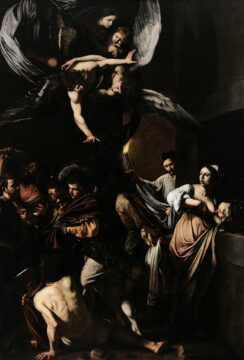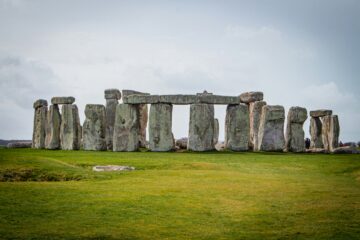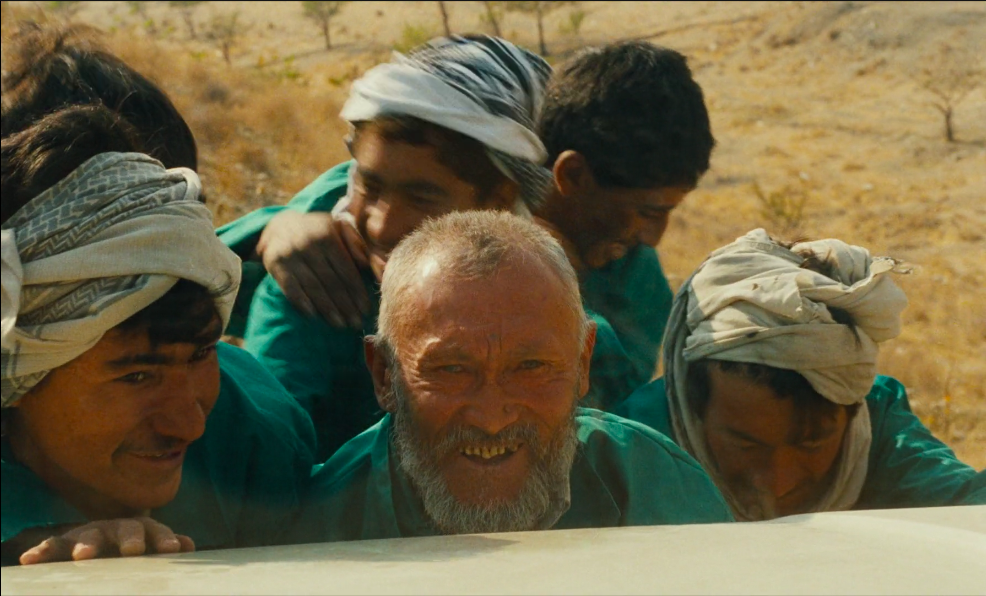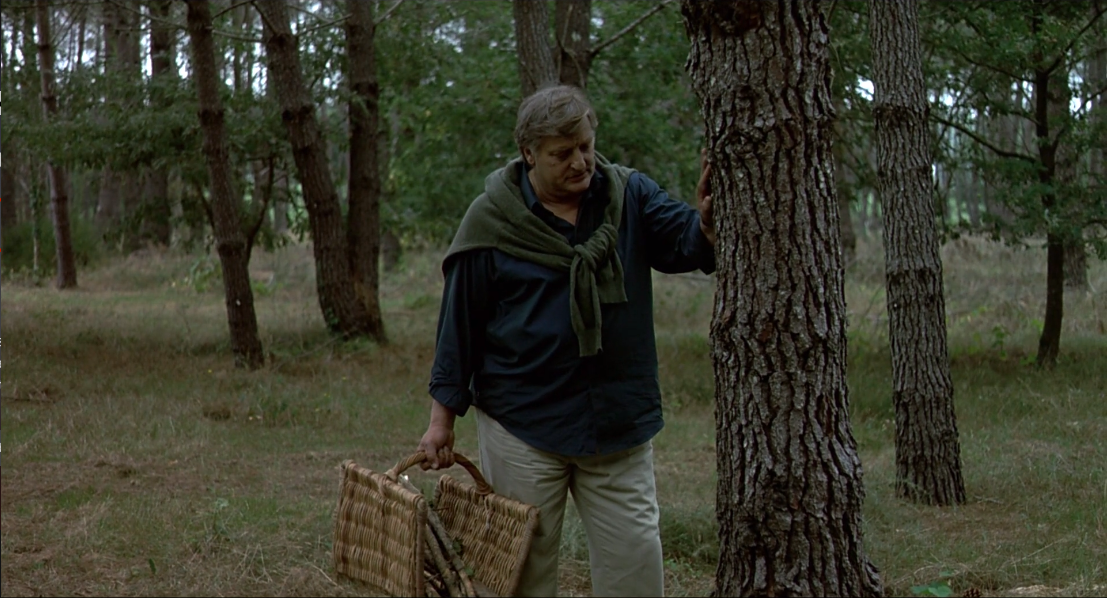by Dilip D’Souza

On a stargazing trip between September 19 and September 23 this year, I spied a supernova.
Well, not quite. I took plenty of photographs of a spectacular night sky through the four nights I spent out in the open. Then I came home and looked through them, still filled with wonder at what I had captured. Then I read some astronomy news. Then I returned to my photographs and looked through again, this time in some frantic urgency.
Then I had to (figuratively) sit down. For there it was. The supernova. In my photograph.
That is: On September 23, there was news that an amateur astronomer in Australia, John Seach, had discovered a supernova in Sagittarius two days earlier. In fact, and astonishingly, he had discovered two supernovae on successive days. The brighter of the two was only visible in the Southern hemisphere. But the other one was in the constellation of Sagittarius. Because I had pointed my camera at the Milky Way so often through my trip, Sagittarius was in several of my photographs.
I pored over all of them. I had several images from before September 21, and several more from after. All I needed to do was find a dot in a post-September 21 photograph that wasn’t there in a pre-September 21 photograph. You might wonder how, in images with thousands of dots – that’s how spectacular the night sky was – I could even think of finding a specific one. But the report from Australia had an image locating the supernova just “below” Sagittarius. So I knew pretty much exactly where in my photographs to look for it.
And to my amazed delight, I actually did find such a dot, precisely where I expected it. There on September 22. Not there on September 20. The supernova, on my laptop. Read more »





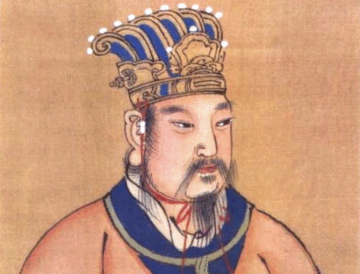
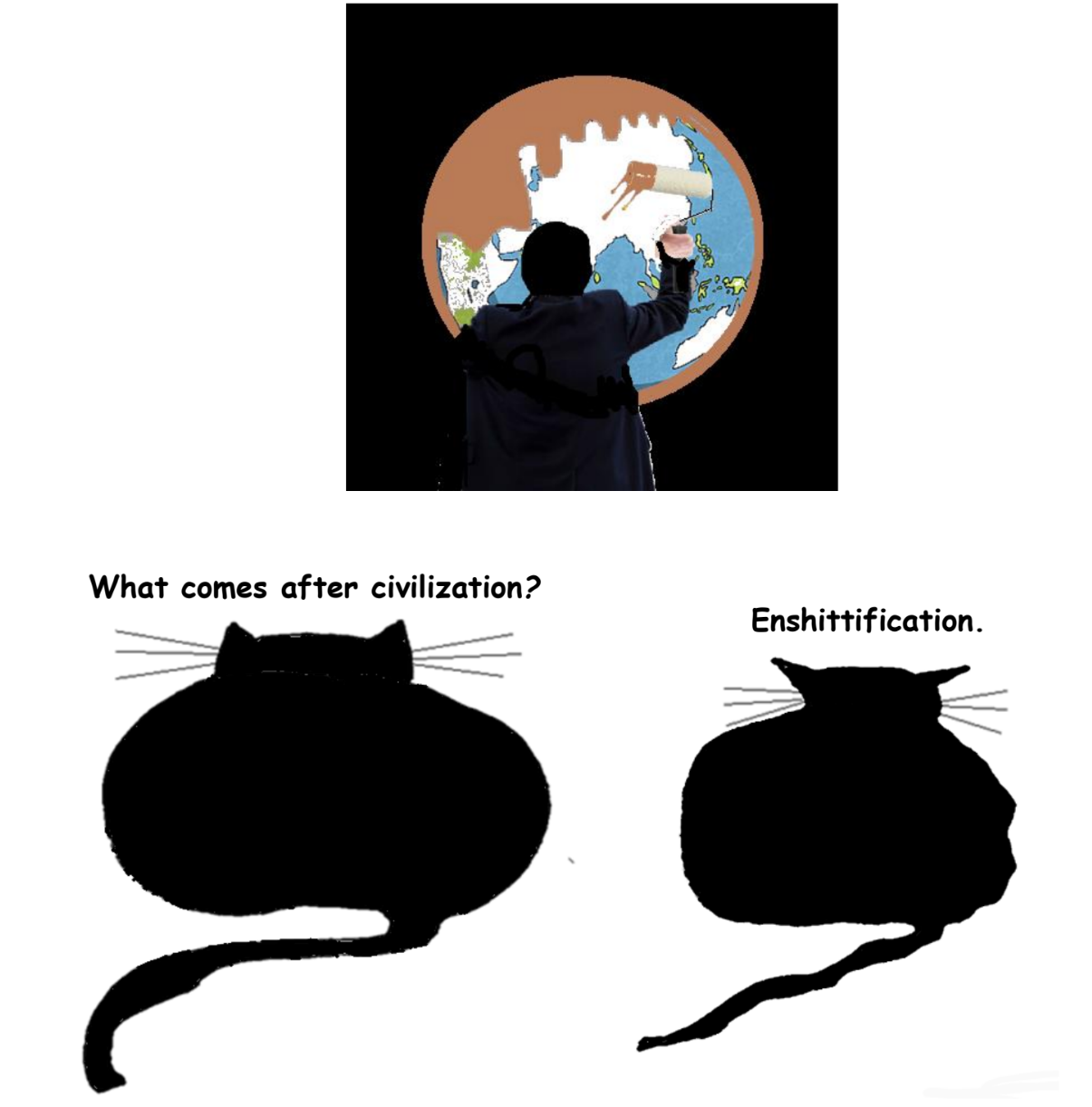
 When I turned fifty, I went through the usual crisis of facing that my life was—so to speak—more than half drunk. After moping a while, one of the more productive things I started to do was to write letters to people living and dead, people known to me and unknown, sometimes people who simply caught my eye on the street, sometimes even animals or plants. Except in rare cases, I haven’t sent the letters or shown them to anyone.
When I turned fifty, I went through the usual crisis of facing that my life was—so to speak—more than half drunk. After moping a while, one of the more productive things I started to do was to write letters to people living and dead, people known to me and unknown, sometimes people who simply caught my eye on the street, sometimes even animals or plants. Except in rare cases, I haven’t sent the letters or shown them to anyone.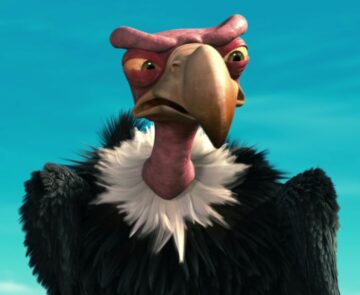
 Sughra Raza. First Snow. Dec 14, 2025.
Sughra Raza. First Snow. Dec 14, 2025.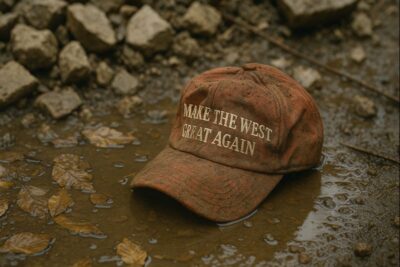 One Monday in 1883 Southeast Asia woke to “the firing of heavy guns” heard from Batavia to Alice Springs to Singapore, and maybe as far as Mauritius, near Africa.
One Monday in 1883 Southeast Asia woke to “the firing of heavy guns” heard from Batavia to Alice Springs to Singapore, and maybe as far as Mauritius, near Africa.